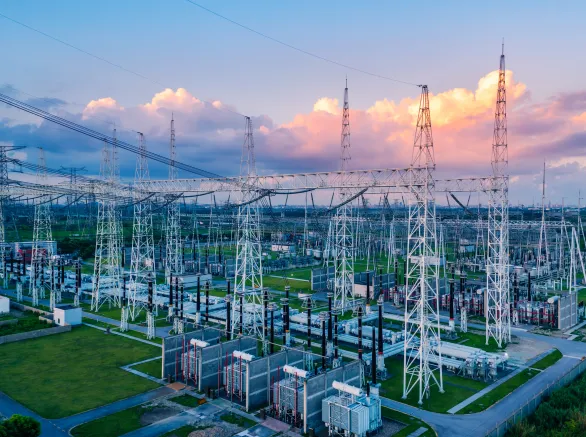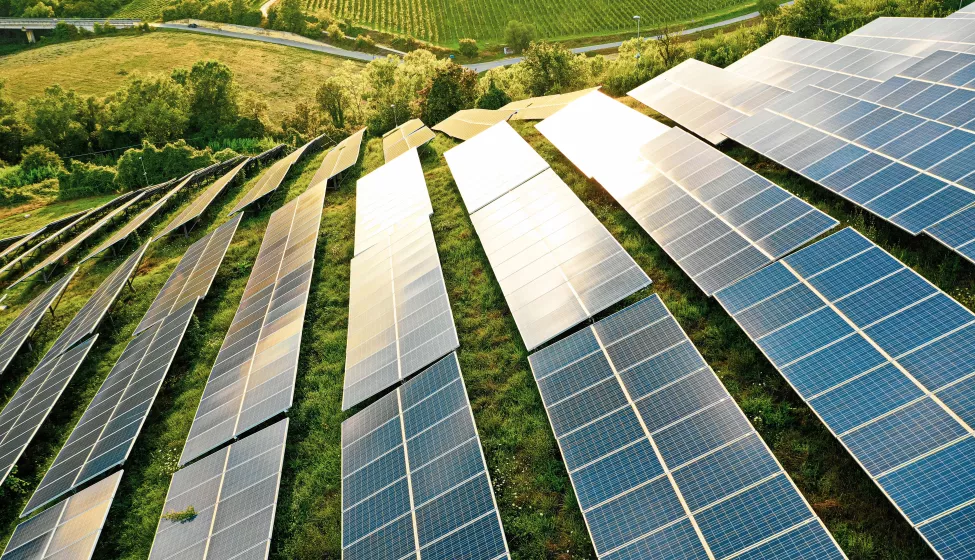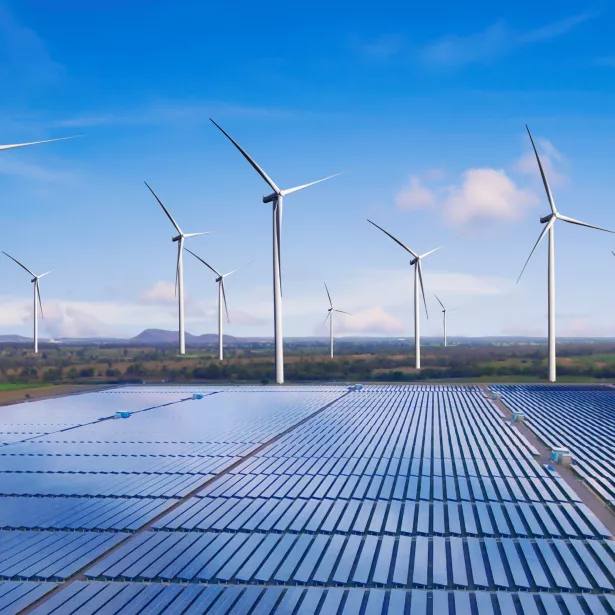July 24, 2023
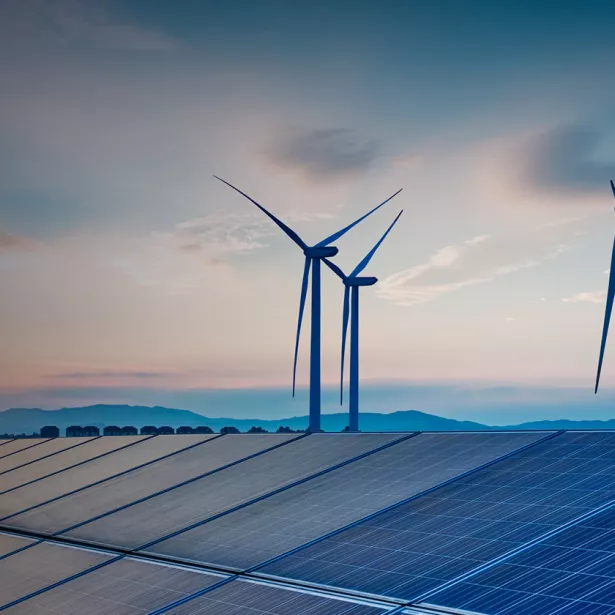
As utilities and corporations sign solar contracts, stakeholders must weigh performance and longevity
Solar panels do more than generate power — they finance it.
Grid-scale solar projects are funded by energy contracts, pegged to megawatt-hour prices, and tied to the long-term output of their solar panels. As photovoltaic (PV) modules age, however, they gradually produce less power.
Known as solar panel degradation, the reduced output of PV modules over time affects the financial viability of grid-scale solar projects, with early signs of degradation often undetected or improperly diagnosed by routine outdoor monitoring. For the largest of grid-scale solar projects, accelerated or undetected solar degradation can mean tens of millions of dollars in missed performance payments.
The financial viability of grid-scale solar projects for utilities, investors, and a variety of other stakeholders rests on accurate predictions about PV module degradation. The underperformance or failure of PV modules over time can result in contractual disputes, requiring project developers to pay liquidated damages and replace low-performing modules — and impairing their ability to recover capital investments.
Achieving more accurate modeling of PV module degradation pathways
The economic performance of grid-scale solar plants is most accurately modeled and predicted by tracking the many pathways of PV module-level degradation, which include siting choices, component selection, inverter connections, climate exposure, and maintenance practices.
Traditional approaches to stress-testing PV modules are typically limited to one or two stressors at a time: humidity, heat, high-voltage, sunlight, and shading. Real-world solar panel failures, however, are often caused by combined stressors. In a storm, panels experience wind, rain, and hail simultaneously; in summer, panels may experience an onslaught of high voltage, heat, light, pollen, and dust.
Several well-known corporations have become the largest purchasers of solar and wind generation, hedging their bets against rising natural gas and coal prices through clean-energy power purchase agreement (PPA) contracts that span the next two decades.
Importantly, many degradation factors cannot be identified during routine outdoor inspections or viewed by the naked eye. Customized laboratory environments and accelerated stress testing may be necessary to replicate the convergence of outdoor stressors to achieve field-relevant results.
As cities and corporations push for solar power, energy contracts depend on long-term PV performance
Accurately modeling solar panel degradation and pursuing asset maintenance strategies to keep PV modules functioning at capacity is becoming a planning priority for a variety of invested parties. Over the 2010s, cities and large corporations latched onto solar energy project contracts, driven by a decade-long price drop in PV modules that reduced the levelized cost of electricity (LCOE) for grid-scale solar projects by as much as 14%.
Beyond cities and municipalities, several well-known corporations (Amazon, Apple, Ford, McDonalds, Walmart) have become the largest purchasers of solar and wind generation, hedging their bets against rising natural gas and coal prices through clean-energy power purchase agreement (PPA) contracts that span the next two decades.
At 52%, solar plays the single largest generation role in these PPAs for corporate energy supplies, which also include wind farms and hydropower. Globally from 2017 to 2022, more than 142 gigawatts of corporate renewable deals have been registered, with roughly half coming from North America.
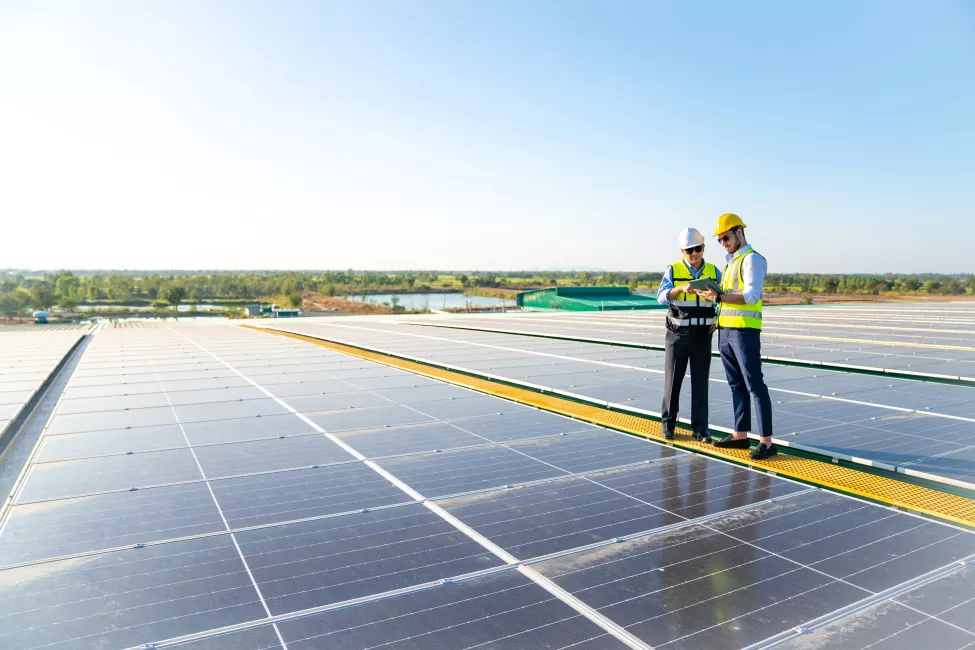
New models for solar panel degradation upend project developers' assumptions
For long-term stakeholders, the rapid growth of solar projects is challenged by formulating accurate predictions of PV module degradation.
By installed gigawatts, most grid-scale solar projects are less than five years old. For a product largely warrantied to 25 years, the useful lifetime of PV modules has yet to pass. In addition, grid-scale solar projects are being installed in arid and tropical regions during a time of rapid disruption to traditional climate patterns.
While currently available models for solar PV module output account for degradation by default, the ongoing rate of solar panel degradation in various environments is increasingly in dispute.
As recently as 2020, grid-scale solar panels were thought to have a median degradation rate of about 0.5% per year — meaning that 20 years out, the panels will still have an output close to 90%. In a study of new high-efficiency PV modules, a Sandia National Laboratory study found an annual degradation rate as high as 2%, meaning the panels will have an output closer to 60% over the same time. In the past five years, several studies have also found degradation rates among grid-scale PV modules in various desert and tropical locations ranging from 1.2% to 1.8%.
Field results show differences in long-term PV module performance
There are a variety of ways PV module performance can be impacted in the field, from installation to environmental factors. Some key considerations include:
- Degradation caused by improper installation techniques or methods, including improper component selection and component defects arising from the manufacturing process.
- The formation of "snail trails" — streaks of silver acetate — can be caused by cracking from mechanical stresses during shipping or installation.
- Soiling, or the accumulation of dust, dirt, soot, and snow on panels, affects the output of PV modules by reducing exposure to sunlight.
- Both field studies and anecdotal evidence have revealed cracking of some backsheet materials can occur within five years of a 25-year service lifetime, rendering the electrical insulation inadequate and posing electrical safety and performance risks.
- Weather conditions affect the efficiency of solar panels; for example, if wind speeds are too high, they flutter excessively and must be stowed. Weather conditions must be carefully considered when locating large solar panel installations, such as concentrated solar facilities, and for estimating output.
Identifying PV module issues for warranties, design-stage testing, and commissioning inspections
To identify issues in advance of avoidable degradation issues, testing of warrantied PV modules should occur across the design and manufacturing, installation and commissioning, and post-handover stages of the project.
- Design-stage testing can flag poor materials, components, and enclosures for the rated environment. Protocols for thermal inspection can reveal manufacturing issues in solar joint contacts with the potential to lead to overheating panels.
- Commissioning inspections can extend the life of PV modules by identifying improper cabling or heat rejection management. Specific to contracts and PPAs, installation data procedures should establish comprehensive power baseline under varying climactic conditions.
- Post-handover procedures remain critical since U.S. solar arrays are largely sourced from global supply chains. Establishing liability for faults with installers or manufacturers can be highly challenging at this later stage. Long-term asset maintenance can extend PV module life by removing soiling, identifying early corrosion, and developing mitigation strategies for extreme weather patterns.
Extending useful life of PV modules depends on design, environment, and operating conditions
Verifying that a solar array is operating as designed means comparing the plant's actual power output against expectations and design. As research expands and stakeholders in solar projects grow more savvy about identifying critical vulnerabilities, they should be on watch for all components of a PV system, including inverters, tracking systems, connectors, cabling, switches, and controllers. Corrosion or failures with any one of these components can lead to overheating or reduced power output of PV modules.
As utilities and corporations pursue solar power agreements to save costs and meet decarbonization goals, project stakeholders can benefit from field-tested strategies to boost PV performance, protect revenue, and achieve more accurate degradation modeling under climate change.
What Can We Help You Solve?
Exponent's multidisciplinary consulting staff closely monitors the evolving regulatory landscape for solar power. Our solar power technology experts advise on matters related to active solar technologies, including equipment that converts the sun's energy into electricity, passive solar techniques for building material selection, and orientation relative to the sun's rays.
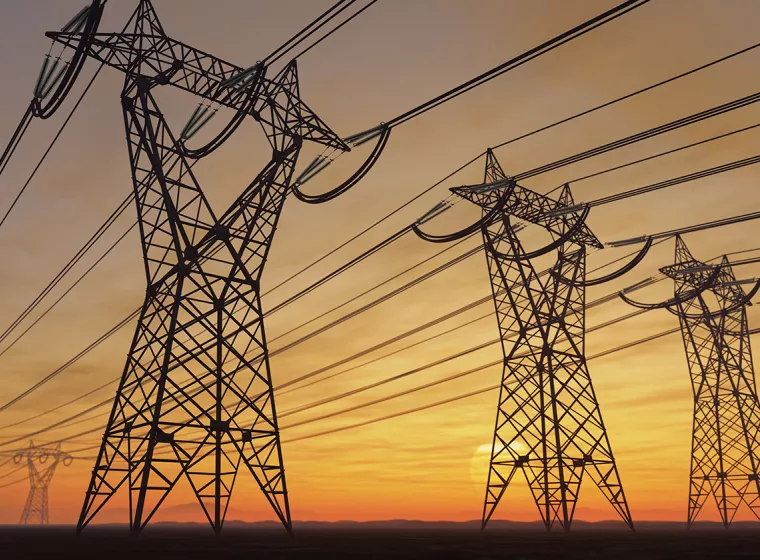
Asset Management for Extreme Weather Risks
Infrastructure evaluations and analysis to quantify risk and support informed decisions regarding maintenance and power shutoffs.
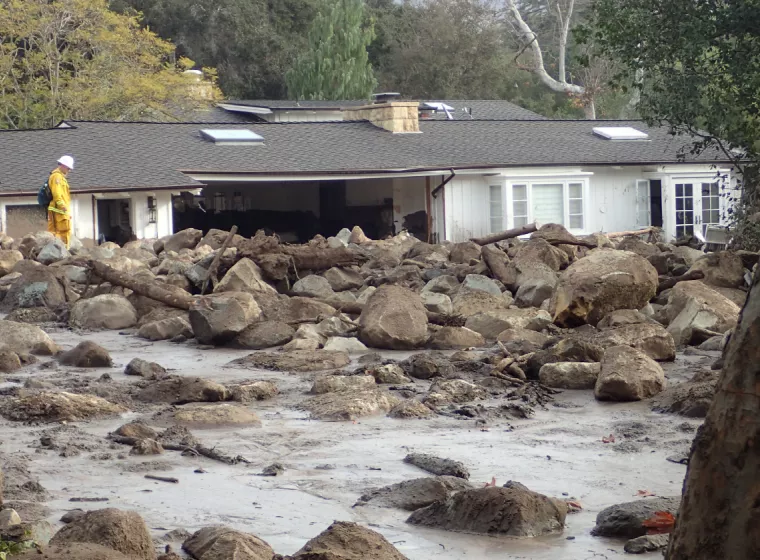
External Hazards: Risk Assessment & Mitigation
Accurate assessment, mitigation, and remediation support for external hazards and natural disasters.
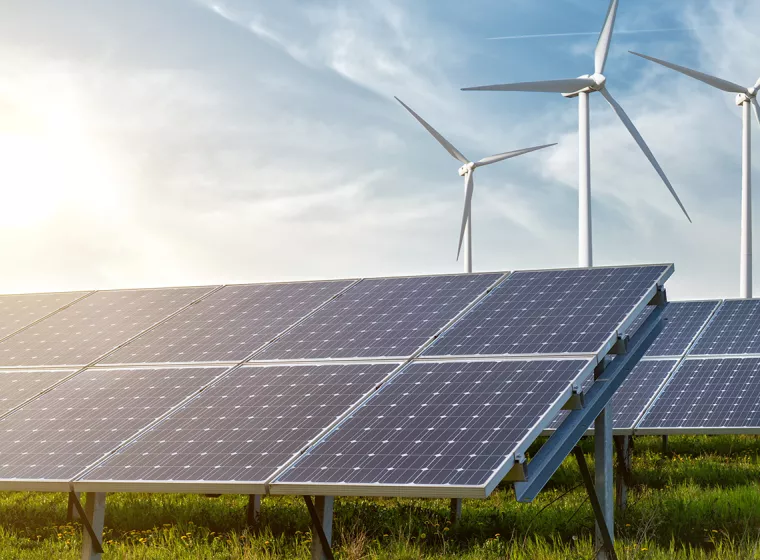
Solar & Wind Energy
Consulting on solar system design, construction, and functionality to the operation and maintenance of wind turbines.

Systems & Controls
Critical systems and controls support, from missile guidance and ADAS technology to utility power generation and consumer electronics.
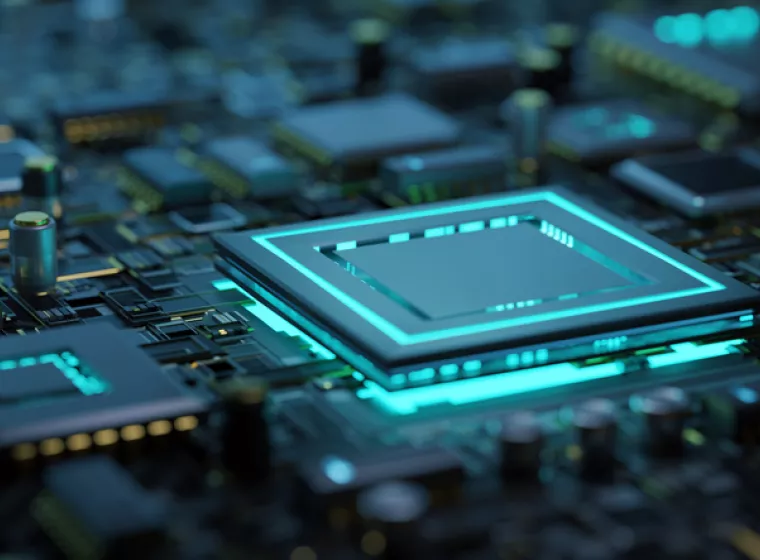
Electrical & Thermal Performance
Identify weak points in device design by characterizing the thermal and electrical properties of functioning electronics.

Corrosion Science & Technology
Breakthrough insights for all types of corrosion and environment-related degradation challenges.
Insights
